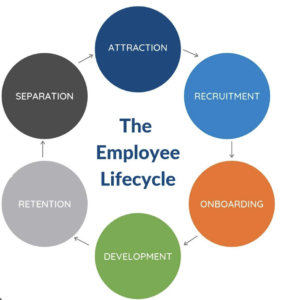As the year draws to a close, effective leaders understand that this is not the time to wind down — it’s the perfect moment to prepare for the year ahead with clarity, purpose, and momentum. By focusing on strategic planning across commercial, financial, and human resource areas, leaders can position their teams and organisations for a powerful start to the new year.
Review commercial performance and reframe goals
Year-end is the ideal time to assess your company’s commercial performance. What products or services performed well? Were any growth opportunities missed? Use these insights to set realistic and inspiring business goals. Update your sales and marketing strategies to align with evolving market demands, and re-engage key customer segments with fresh messaging and offers.
Refine financial strategies
Strong financial planning is the backbone of business success. Leaders should work closely with finance teams to review annual budgets, cash flow performance, and ROI across initiatives. Identify any financial inefficiencies and prepare a solid forecast for the upcoming year. Consider new investment opportunities or cost-saving measures that don’t compromise quality or culture.
Reconnect with your people
Employees are your greatest asset. Use this time to recognise achievements, celebrate wins, and thank your teams for their hard work. Honest year-end check-ins or employee surveys can provide valuable feedback and strengthen trust. Use these insights to shape workforce planning, training needs, and leadership development goals for the new year.
Set clear, purpose-driven objectives
Purpose-driven leadership inspires loyalty and direction. Set SMART (Specific, Measurable, Achievable, Relevant, Time-bound) goals that align with your vision and values. Communicate these goals clearly to your team and involve them in the planning process to build ownership and motivation.
Encourage rest and renewal
Finally, ensure your people — and you as a leader — take time to rest. A refreshed team is a productive team. Promote a healthy work-life balance during the holidays so everyone can return in the new year with energy and focus.
Conclusion
Leaders who end the year with reflection, planning, and appreciation create a strong foundation for the year ahead. With clear direction, financial awareness, commercial insight, and a people-first mindset, you’ll be ready to lead with purpose from day one.


Recent Comments